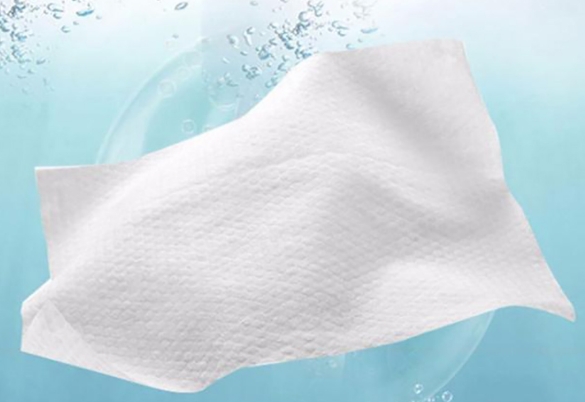How to choose raw materials for wet wipes? Key factors affecting quality
The main base material of wipes is nonwoven fabric. Common nonwoven materials include hydroentangled nonwoven, hot air nonwoven, spunbond nonwoven, etc. Among them, hydroentangled nonwoven is widely used in high-end wet wipes because of its softness, strong liquid absorption and good skin-friendliness. In addition, the choice of raw material fibers is also very important, natural fibers such as cotton, bamboo pulp fiber, wood pulp fiber is more environmentally friendly and comfortable to the touch, while chemical fibers such as polyester, viscose has better durability and cost advantages. How to find a balance between environmental friendliness, comfort and cost is an issue that wipes manufacturers must consider.

In addition to the nonwoven substrate, the functional formulation added to the wipes is also a key factor in quality. For example, cleansing wipes need to add surfactants to enhance the decontamination power, while baby wipes pay more attention to mild moisturizing ingredients such as aloe vera extract and glycerin. Sterilizing wipes, on the other hand, need to contain a certain concentration of alcohol or antiseptic ingredients to ensure effective sterilization without overstimulating the skin. Therefore, the science and safety of the formula must be rigorously tested to meet the needs of different usage scenarios.
In summary, choosing the right raw materials for wipes requires attention to both the quality of the substrate and fiber composition, as well as consideration of whether the functional formula is safe and effective. Only when all aspects of raw materials are controlled in place, can we produce quality wipes with soft texture, good liquid absorption, mild and non-irritating to meet consumer demand. For wet wipes manufacturing enterprises, the choice of raw materials is not only a cost issue, but also affect the brand reputation and market competitiveness of the core elements.

